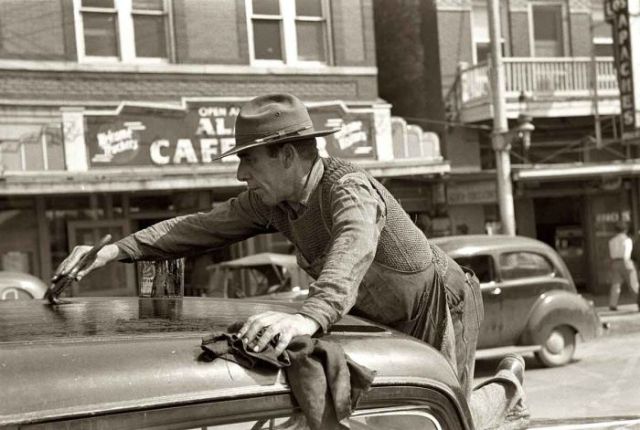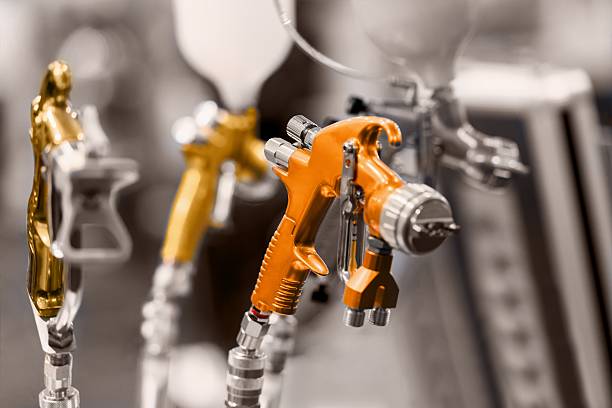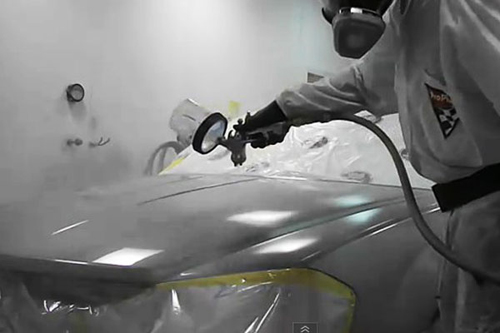Like the value of a house, what first sells something is the impression it makes at the curb. That’s why they call it curb appeal. For a car, that means it doesn’t have any dents from the neighbor kid’s bicycle slamming into it, and the paint shines in the noon sun like honey dripping off the panels.
One would hardly know it with today’s demising number of exterior options (gray, black, blue, white, white, and white) but paints have come a long way.
Today’s paint methods lack the wisdom of yesterday laborious methods, but it looks and takes a beating better.
Brushing It On
Believe it or not, at one time, if you wanted your whip to shine, you needed talent in the painting department. Go back in history far enough, and you were painting it yourself.
There were few production vehicles prior to the 20th century, many of which came unfinished. Interiors and such could be aftermarket features, the same way they sold horse carriages.
In fact, they used the same techniques from painting carriages for cars, layers of varnish, sanding, and more layers, until you had it mirror-perfect. It might take one 40 days to complete.
Paint Guns
It wasn’t until the 1920s we figured out how to shoot paint from a gun and make it stick. If you thought Ford, you’ve been reading ahead.
Ford Motor Company started using paints made from something called nitrocellulose lacquers, which dried faster than varnish. This was around 1924, the same time two researchers from Columbia University discovered chrome plating.
Silvering Sprays
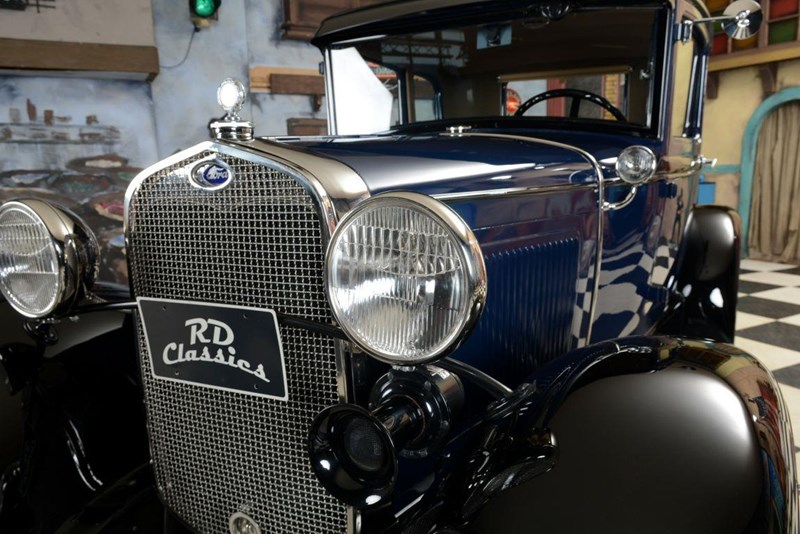
Look at that chrome! | classiccarsforsale.co.uk
The next development in exterior paints were stoving enamels. They dried glossier and faster than their predecessors, a hit with manufacturers and buyers.
By the 1930s we were spraying chrome on more and more car parts. They could even spray them on the back of glass to make cheap mirrors and make them quickly.
Prior to that, making mirrors was an expensive process, related to master craftsmen.
Acrylics
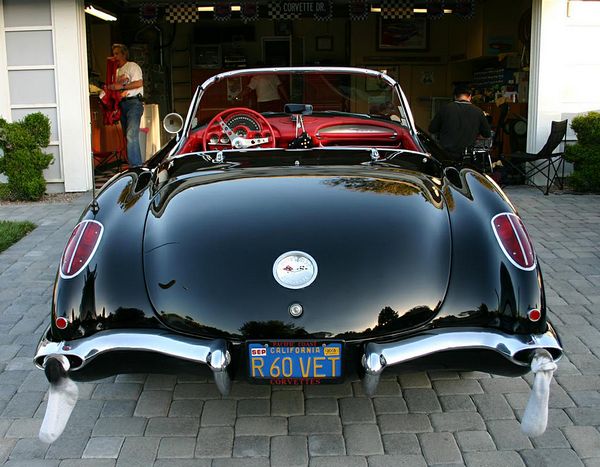
Acrylic lacquer | meguiarsonline.com
We stuck with stoving enamels until the 1950s when General Motors figured out how to work with acrylics. They would apply the paint, then bake the car afterward, giving the car a consistent finish, but it was not as glassy as stoving enamels.
In 1960, once again it was Ford Motor Company who innovated a change. They figured out how to amalgamate the technologies, with acrylic stoving enamels.
Now car paint would be consistent, glossy, and tough. That was the way we painted cars until the 80s.
Urethanes
Urethane and polyurethanes came into the scene in the 80s. Manufacturers would later on urethane coats, then clear coat the paint, resulting in a highly glossy finish.
This cost-effective, flexible option became the standard until today.
Some have started using a process called electrocuting, which applies electric currents to help bind the paint, but this is not an industry standard.
It’s a long way from coating a car with acrylics, but we get it done way faster now, and today’s car paint stands up to more abuse. You still have to guard your glossy white car against the neighbor kid’s damn bike.
Sources: pchrome.com, autotrainingcentre.com

